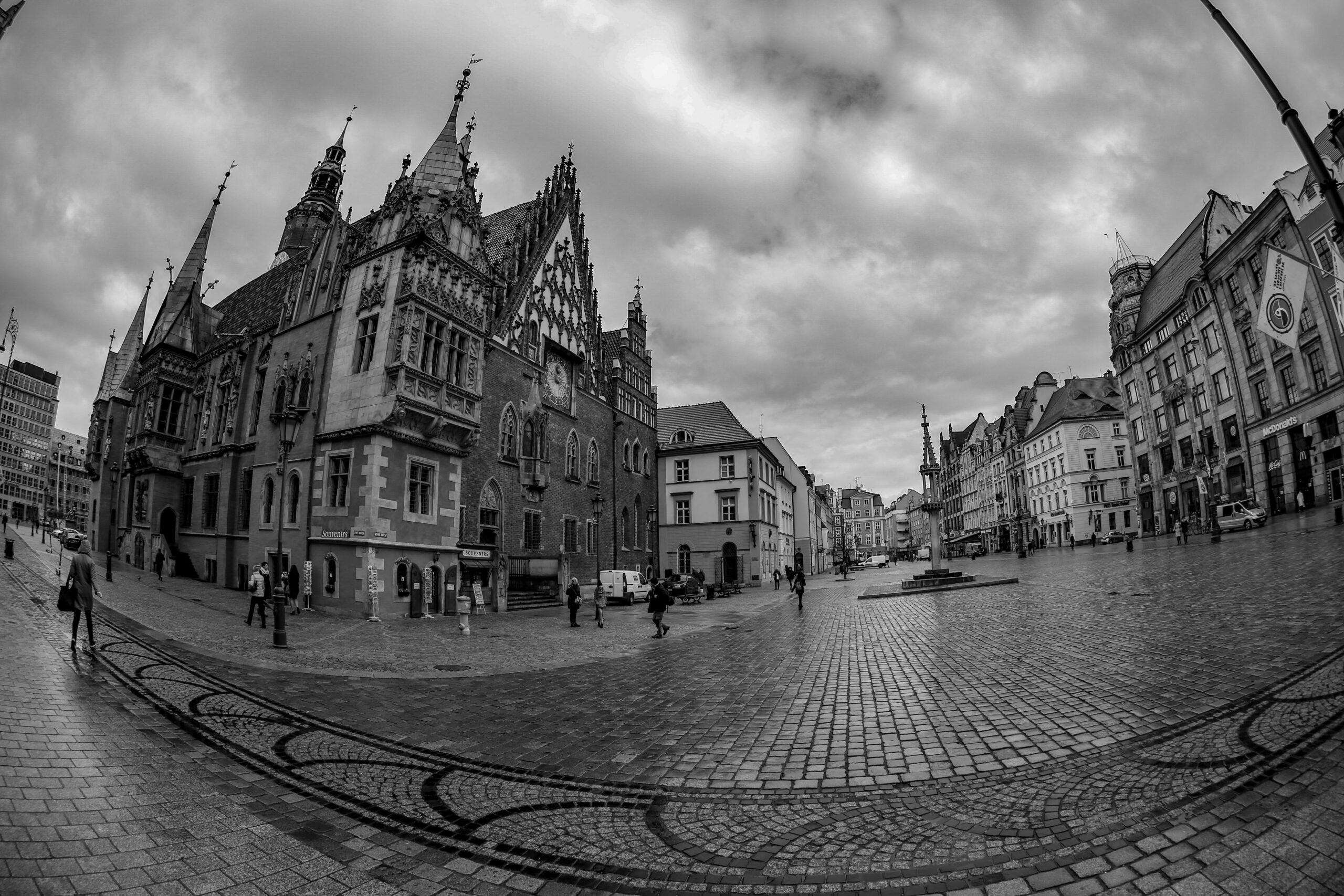Travel photography is an art form that allows us to capture the essence and grandeur of diverse landscapes, bustling cityscapes, and intricate cultural details of the places we visit. One of the most unique and intriguing tools in a travel photographer’s arsenal is the fish-eye lens. Known for its ability to create an ultra-wide, hemispherical image, the fish-eye lens introduces a dramatic distortion that can transform ordinary scenes into surreal, visually captivating experiences.
The use of a fish-eye lens in travel photography offers an unparalleled perspective, allowing photographers to encapsulate vast scenes that might otherwise be impossible to capture in a single frame. This is particularly useful in cramped or expansive environments where traditional lenses might fall short. For instance, standing in the middle of a town square of the old European city or amidst the towering trees of a redwood forest, a fish-eye lens can encompass the entirety of the surroundings, providing an immersive view that brings the viewer directly into the heart of the scene. The lens’s ability to cover a 180-degree field of view means that everything from the ground beneath your feet to the sky above can be included, creating a sense of immersion and presence.

Moreover, the characteristic distortion of a fish-eye lens can be used creatively to emphasize certain elements within a scene. The curvature it introduces can make subjects appear to bow outward or wrap around the viewer, which can add a dynamic and engaging quality to the photograph. Imagine capturing the sweeping curve of a coastal cliff or the arching ceiling of a grand cathedral. The fish-eye lens can exaggerate these natural curves, enhancing the visual impact and making the photograph not just a representation of reality, but an artistic interpretation of it. This distortion is particularly effective in urban environments, where the straight lines and angles of buildings and streets are playfully bent and warped, creating a whimsical and abstract rendition of the cityscape.
In addition to its artistic potential, the fish-eye lens can also be instrumental in overcoming technical challenges. In situations with limited space, such as narrow alleys, small rooms, or crowded events, the wide field of view allows for comprehensive coverage without the need for extensive maneuvering or stepping back, which might not always be possible. This is invaluable for capturing the intimate details of a local festival, the intricate design of a small chapel, or the lively atmosphere of a street performance. The ability to capture so much in a single shot not only enriches the storytelling potential of travel photography but also ensures that no detail is missed, preserving the authenticity and complexity of the scene.
Furthermore, the fish-eye lens encourages a level of experimentation and playfulness that can rejuvenate a photographer’s approach to travel photography. The unconventional perspectives it offers inspire photographers to see the world differently and to break free from the constraints of traditional compositional rules. This sense of freedom can lead to unexpected and delightful results, transforming mundane scenes into extraordinary visual narratives. Whether it’s shooting from ground level to exaggerate the height of a monument or angling the camera upwards to capture the vastness of a starry sky, the fish-eye lens opens up a world of creative possibilities.
Of course, mastering the use of a fish-eye lens requires practice and a keen eye for composition. The distortion that makes fish-eye images so unique can also be a challenge to manage, as it can easily overwhelm or distract from the subject if not used thoughtfully. Successful travel photographers learn to balance the dramatic effects of the lens with the need to maintain clarity and focus on the main elements of the scene. By experimenting with different angles, distances, and subjects, photographers can harness the full potential of the fish-eye lens to create compelling and memorable travel photographs.
In conclusion, the fish-eye lens is a powerful tool for travel photography, offering a distinctive way to capture the vastness and detail of our journeys. Its ability to encompass wide scenes, introduce artistic distortion, and overcome spatial limitations makes it an invaluable asset for any travel photographer looking to expand their creative horizons. Through thoughtful use and experimentation, the fish-eye lens can transform the way we see and document the world, turning everyday travel moments into extraordinary visual stories that captivate and inspire.
Leave a Reply